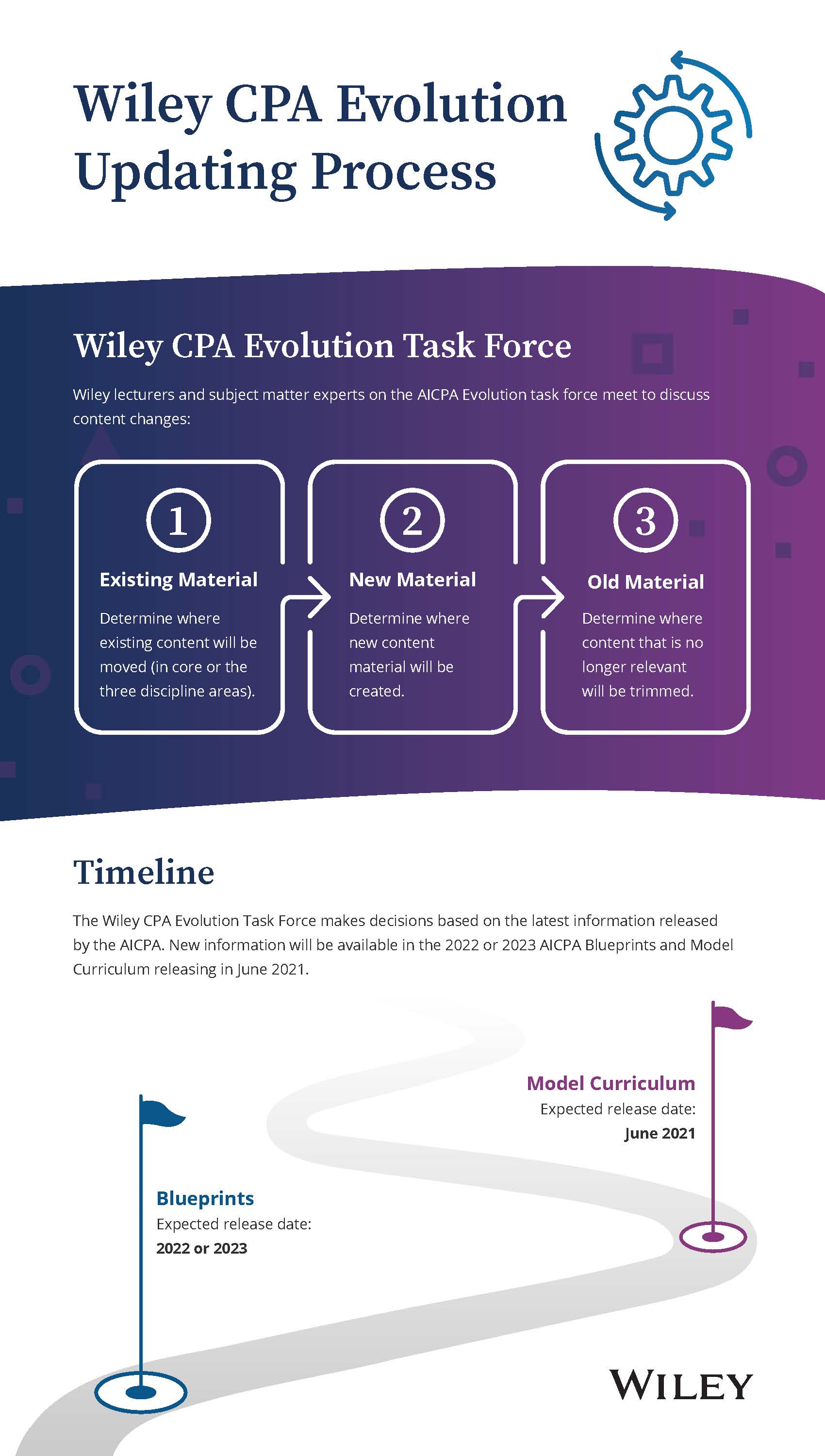3-ways-to-provide-the-skills-employers-expect-from-accounting-students
The beauty of the intermediate accounting course is that it’s considered by many in the field to be a gateway to the profession.
Terry Warfield, the co-author of Intermediate Accounting, Seventeenth Edition, and PwC Professor in Accounting at the University of Wisconsin-Madison, says, “Students come out of an intermediate accounting course with the life-long learning skills they need to adapt to the demands of the marketplace.”
How can you ensure that your students master both entry-level job skills and concepts in order to keep up with the pulse of real-world accounting? According to Warfield, here are the top skills your students’ future employers expect them to have mastered upon graduation:
1. Data Analytics: Students need to be able to look at data in order to analyze a problem and reach a conclusion.
How to build the skill: Have your students use Excel as often as they can to complete data analytics assignments. This program is still the most used data analytics tool in the job market today—so your students should be very familiar with it and able to use all of its embedded features. And in the Data Analytics Module in WileyPLUS, students can download an Excel template, do their work on it, upload the completed sheet to WileyPLUS, and then get immediate feedback. Created in partnership with the Business-Higher Education Forum, this module provides interactive lessons students can walk themselves through and videos to help them see how data analytics applies to real-world businesses.
2. Data Literacy: When it comes to accounting, students need be comfortable both analyzing data and presenting the results in different ways, depending on who their audience is or the question at hand.
How to build the skill: Get students comfortable with more advanced activities like data manipulation and data visualization. Also introduce them to case studies and real-life examples to help them appreciate the value of data in everyday life. Students ultimately build data literacy when they learn to “find their way around data,” as Warfield says, and bring data into an application in order to solve a problem.
3. Communication: Although job candidates are expected to have technical skills, or what’s called “hard skills,” it’s often “soft skills” like problem solving, teamwork, and a positive attitude that get them noticed and ultimately hired. It’s imperative that your students can present their ideas in a clear, effective way and build meaningful relationships with their peers and future colleagues.
How to build the skill: You can achieve a sense of community in your course by giving students multiple channels to connect with each other and with you. This can be in the form of a discussion board, chat functions, or interactive presentations. Students can create data visualizations for accounting using Tableau, Alteryx, or the Data Analytics Module in WileyPLUS. As they get used to presenting these visualizations to the class, they will also strengthen their critical thinking and communication muscles.
This blog post is based on Terry Warfield's webinar “Teaching Data Visualization in Intermediate Accounting” Click the link to watch the full webinar on-demand.
Dr. Terry D. Warfield
- Picture
-

- Description
-
Dr. Terry D. Warfield is the PwC Professor in Accounting at the University of Wisconsin-Madison. He has served on the Financial Accounting Standards Advisory Council of the Financial Accounting Standards Board, and he is currently a trustee of the Financial Accounting Foundation. Professor Warfield has received teaching awards at both the University of Iowa and the University of Wisconsin, and he was named to the Teaching Academy at the University of Wisconsin in 1995.












